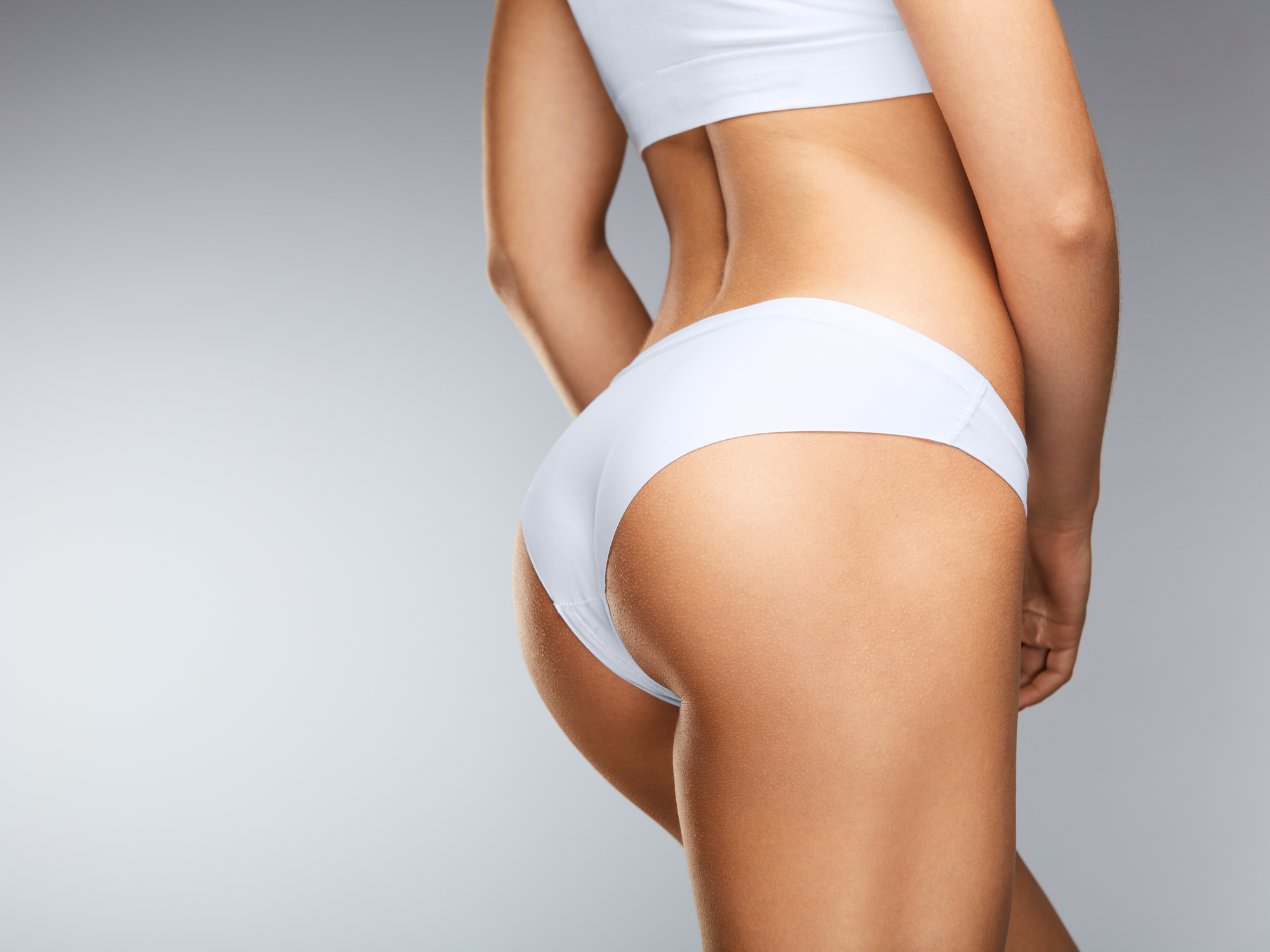
You might consider a butt lift if sagging skin affects the shape of your lower body. Sagging often happens after significant weight loss, aging, or genetic predisposition. Skin that lacks elasticity doesn’t respond well to exercise or muscle building. Even with glute workouts, the shape may appear deflated or flat. A butt lift removes excess skin and repositions tissues for a smoother contour. This procedure doesn’t add volume—it reshapes existing features for a lifted, firmer look. Patients with stable weight and realistic goals often benefit most. Evaluation includes physical condition, medical history, and skin quality before deciding next steps.
Candidates often have good muscle tone but struggle with loose skin that exercise cannot tighten effectively
Candidates often have good muscle tone but struggle with loose skin that exercise cannot tighten effectively. This issue can be especially frustrating after working hard on fitness. When skin elasticity is lost, results from strength training remain hidden. The underlying structure may be strong, but the surface droops or creases. A lift enhances definition by smoothing the outer shape. Ideal patients maintain steady routines but feel limited by their skin’s condition. Without excessive fat or sagging, muscle tone becomes more visible. A surgeon can assess if skin removal alone meets the desired appearance goals.
You should be at or near your goal weight and not planning major weight changes soon
You should be at or near your goal weight and not planning major weight changes soon. Weight fluctuation can stretch or distort newly lifted tissue over time. Post-surgical results last longer when body composition stays consistent. Gaining or losing weight alters shape and may affect symmetry. Patients considering future pregnancies should wait until afterward for body contouring procedures. Hormonal shifts can change fat distribution unpredictably. Surgeons often advise stability for six months before scheduling surgery. This ensures the best aesthetic outcome and recovery success. The lift works best when followed by maintenance, not transformation.
Non-smokers have fewer risks and better healing outcomes after surgery involving tissue lifting or repositioning
Non-smokers have fewer risks and better healing outcomes after surgery involving tissue lifting or repositioning. Nicotine constricts blood vessels and reduces oxygen supply to healing areas. This delays tissue repair and increases chances of infection or complications. Patients are usually required to stop smoking weeks before and after surgery. Even vaping or nicotine patches may interfere with proper recovery. Ideal candidates already avoid tobacco or can commit to quitting temporarily. The body heals faster, scarring is reduced, and surgical precision holds longer. Commitment to these guidelines signals readiness for a successful procedure and outcome.
You have realistic expectations about what a butt lift can and cannot achieve for body shaping
You have realistic expectations about what a butt lift can and cannot achieve for body shaping. This surgery improves contour, not volume, unless paired with fat grafting or implants. It won’t make the buttocks rounder unless structure supports that outcome. The main goal is lifting sagging areas and refining the silhouette. Skin quality, fat distribution, and underlying muscle affect final results. Patients should understand limits and possibilities clearly before choosing this path. A consultation outlines achievable goals based on current anatomy. Cosmetic enhancement works best with informed, grounded expectations and collaborative decision-making.
Good skin quality helps support longer-lasting results and improves how tissues respond to surgical repositioning
Good skin quality helps support longer-lasting results and improves how tissues respond to surgical repositioning. Elastic skin adapts better during healing and holds contour more effectively. Thin, overstretched skin may require additional care or revision. Hydration, sun protection, and general health habits all influence skin readiness. Candidates with firm, resilient skin often see more defined improvements. Age isn’t the only factor—lifestyle and genetics matter too. Surgeons assess texture and firmness during pre-operative exams. Those with healthier skin structures tend to recover faster with more natural-looking outcomes after lifting procedures.
A strong support system can help manage the recovery process and reduce emotional or physical stress post-surgery
A strong support system can help manage the recovery process and reduce emotional or physical stress post-surgery. Butt lifts require limited mobility and assistance during the first days. Tasks like sitting, walking, or dressing may need support initially. Having someone to prepare meals, monitor medications, or assist with hygiene helps immensely. Emotional support also matters as body image shifts during healing. Ideal candidates plan for time off, arrange care, and follow guidelines closely. Recovery is smoother when home life accommodates downtime and focus. Preparedness enhances satisfaction with the surgical experience from start to finish.
Candidates should not have uncontrolled medical conditions like diabetes, heart disease, or bleeding disorders
Candidates should not have uncontrolled medical conditions like diabetes, heart disease, or bleeding disorders. These issues increase risks during surgery and prolong healing periods significantly. Blood sugar levels, cardiovascular stability, and clotting must be managed before considering elective procedures. Surgeons often coordinate with primary doctors to evaluate readiness. Clearance ensures anesthesia and tissue recovery proceed safely. Patients with stable, well-managed conditions may still qualify depending on personal risk factors. Pre-operative screening helps protect long-term health and surgical results. Ideal candidates have clear medical guidance and a record of treatment adherence over time.
People bothered by loose buttock skin under clothing or during physical activity may seek a lift for comfort
People bothered by loose buttock skin under clothing or during physical activity may seek a lift for comfort. Skin folds can rub or trap sweat, leading to irritation or hygiene issues. In fitted clothing, excess tissue may bulge or shift undesirably. This often reduces confidence in appearance and limits wardrobe options. During exercise, unsteady skin may bounce uncomfortably or feel heavy. A lift removes redundancy and streamlines the body’s outline. Candidates report better clothing fit, freedom of movement, and self-image post-surgery. Relief from daily discomfort is often a powerful motivator beyond visual change alone.
Surgeons assess butt shape, tissue quality, and lifestyle to determine if a lift meets functional and cosmetic needs
Surgeons assess butt shape, tissue quality, and lifestyle to determine if a lift meets functional and cosmetic needs. This evaluation includes physical exam, photos, and conversation about habits. Work, sleep, and exercise routines all affect healing and results. Expectations are discussed openly to align outcomes with achievable improvements. Not everyone needs a full lift—sometimes liposuction or fat transfer achieves the goal. Others benefit more from skin tightening without volume adjustments. The best candidates match personal goals with surgical potential. Individual anatomy always guides the decision, not trends or comparisons.
